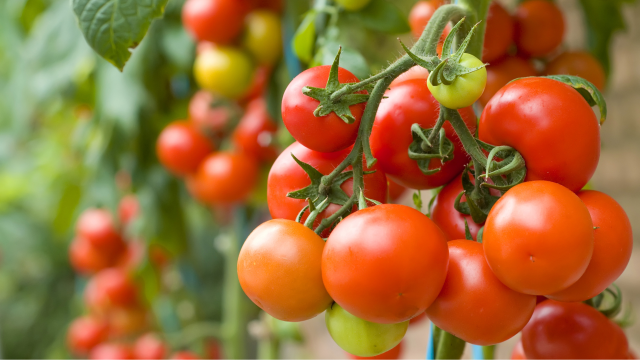Late summer, fishermen on the West Coast all go trolling for albacore tuna and fill their shelves and freezers full of loins. The side benefit of breaking down your own fish is the fish heads and tails you’ve left with, which go into my freezer for spring. Come spring, one of those fish heads will go into the ground under each of my tomato plants. While that may feel deeply off-putting, consider that a whole lot of the fertilizer you buy is fish fertilizer, made of the same stuff. Here’s why you should consider burying fish heads in your garden.
Plants require a mix of nitrogen, phosphorus, and potassium in order to grow, flower, fruit, and go to seed. This combination is known as NPK, and all the fertilizer you buy will have a number on the front. For instance, a 5-5-5 fertilizer will be a balanced mix of equal parts nitrogen, phosphorus, and potassium. A 17-1-1 fertilizer will be almost entirely nitrogen. While plants need all three elements all the time to some degree, they benefit more from each at different phases of lifecycle. Nitrogen is for boosting green growth. Phosphorus is essential for root growth and flowering, and potassium contributes to the fruiting and quality of the fruit.
Tomatoes are fantastic at growing roots—so much so that when you plant tomatoes, you bury as much of the stem as possible, because roots will form anywhere off the stem. You can actually just cut a branch off an existing tomato plant, stick it in the soil, and it will form roots. Tomatoes are so effective at growing roots that the fertilizer we top-dress with or even put into the planting hole may not get to the roots, which is where it’s needed.
On the other hand, a decaying fish head is full of nitrogen, calcium, and phosphorus, which is precisely what a tomato plant needs. If you bury it deep enough, it will begin this decay around the time the roots meet it in the soil. This will result in a boost to your plant at precisely the point the plant needs it.
It’s not hard to put this into practice, either. Over the course of the year, save fish heads by throwing them into a bag in your freezer. You could ask the fish department at your grocery to save some for you, too. In either case, when it’s time to plant tomatoes, dig a two foot deep hole, and chuck a frozen fish head into the bottom. Cover it with dirt up to the depth you’ll plant your tomato (this will depend on how big your tomato seedlings are, but plant as much of the stem as you can). Two feet is enough depth that critters shouldn’t dig them up.
You can add a bit of slow release fertilizer and/or lime to the planting hole as well, but adding additional items like banana peels or egg shells isn’t necessary or helpful. It will just take too long for those items to break down to be helpful at the time they need to be. Chuck them in the compost instead.

Leave a Reply
You must be logged in to post a comment.